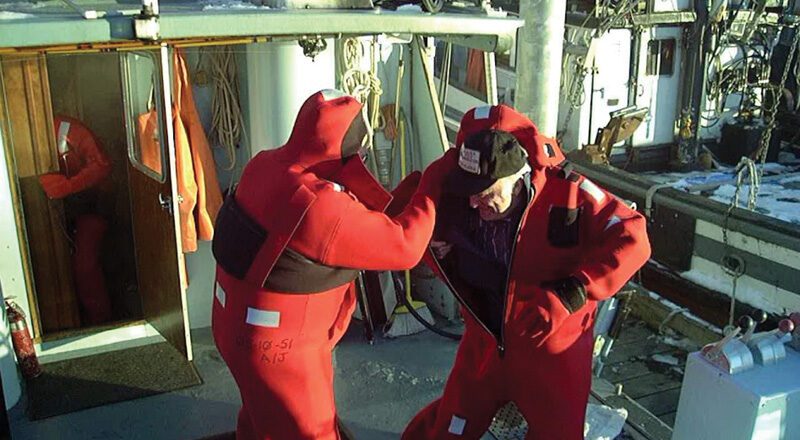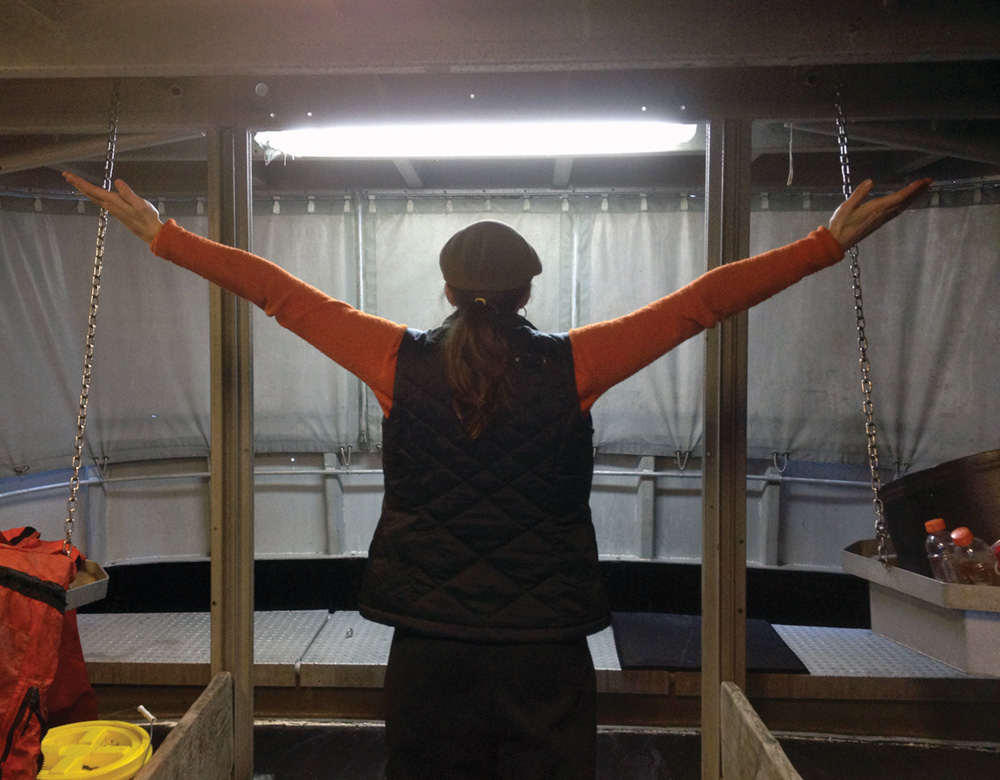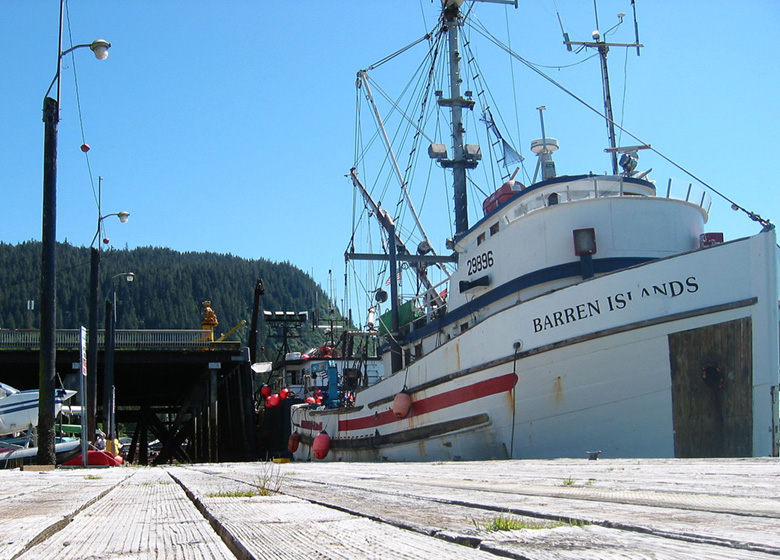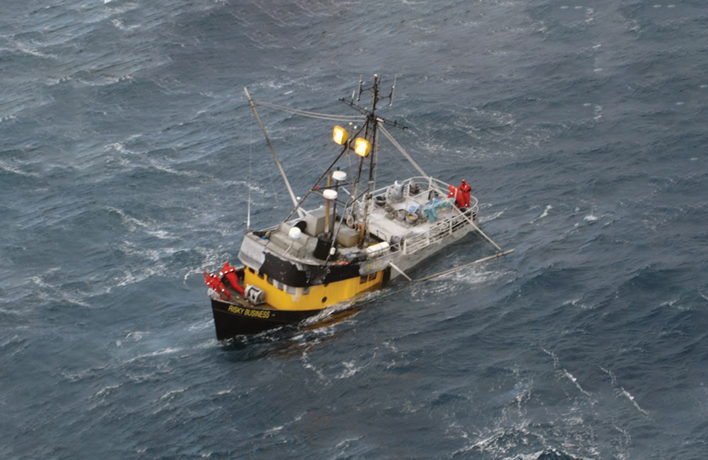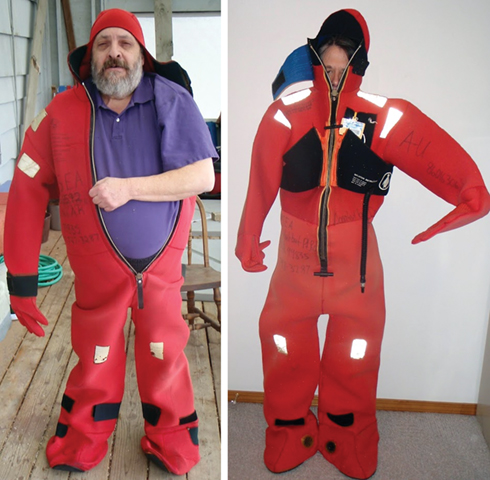Why Do I Need to Do Emergency Drills with My Crew?
Because you never know how your day is going to end, emergency drills are required to be conducted monthly on many fishing vessels during the season. Even if they are not required on your vessel, drills are a standard in the industry. In the event of a casualty, not conducting drills is a poor defense.
Without regular drills, in an emergency the crew will be looking to the master to answer the big question: what do we do? Meanwhile, the master of the vessel is flooded with sensory information that is incomplete or unknown as well as dealing with conflicting emotions and the weight of responsibility for dealing with the emergency.
This is not the best state of mind for someone to make the correct decision. A crew that is not trained in what to do makes it even more difficult for the ma...

